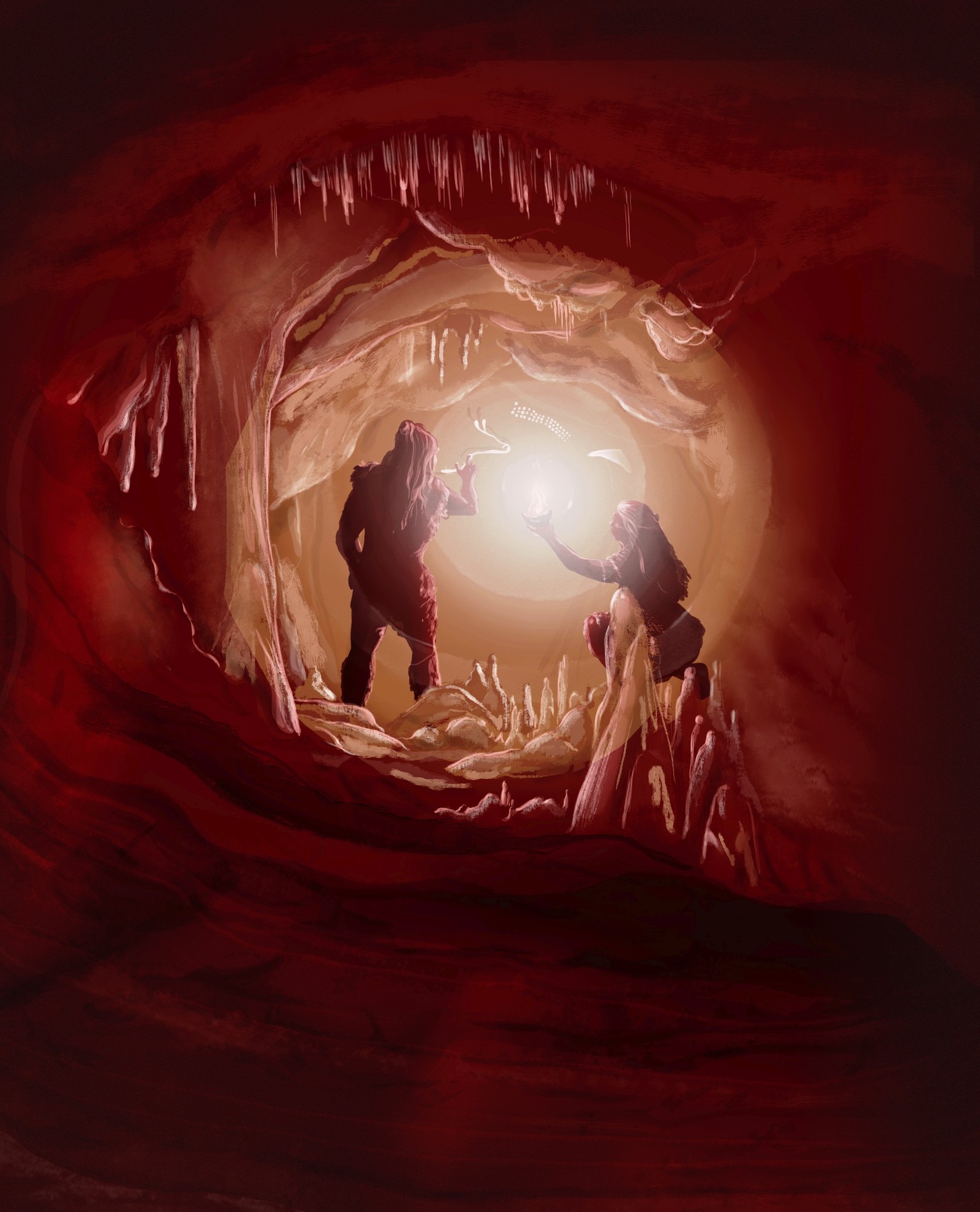Neanderthals refer to humans belonging to an extinct human species, Homo neanderthalensis. They were a group closely related to Homo sapiens and lived in Europe and the Middle East between 400,000 and 40,000 years ago. Neanderthals had a long, muscular body, bulging forehead bones, and a powerful body. Because they were closely related to modern humans, they likely used tools and were also able to make fire and use languages. The sudden extinction of Neanderthals occurred about 40,000 years ago, and its causes are still being researched and debated among scientists.
The extinction of Neanderthals has become an incomprehensible mystery to humanity. A new study is trying to shed light on this period, but it does not provide a clear answer to its mysterious and rapid extinction. It turns out that Neanderthals went through a massive decline before disappearing forever just 3,000 years later. As Homo sapiens began to spread from the south, Neanderthals sought refuge in northern Germany and the Low Countries. Analysis of the period known as the Middle Paleolithic shows the complex history of Neanderthals, in which demographic changes, migrations, and population decline also played a role.

The ancients were already able to make a comfortable bed 200 thousand years ago
Read more…
Read more…
The research suggests that Neanderthals, facing extreme changes, may have been expelled from southern Europe and found refuge in northwestern Europe. The rapid extinction that occurred over the past few thousand years shows that Homo sapiens, who possessed advanced weapons such as the bow and arrow, may have clashed with them. Although climate change may have played a role, competition and mating with Homo sapiens appears to be the primary cause of Neanderthal extinction. The extinction of Neanderthals remains a mystery, and scientific research continues to explore the complex dynamics that led to their sudden decline after being attacked by modern humans.
source: com. Ancientorigins












































